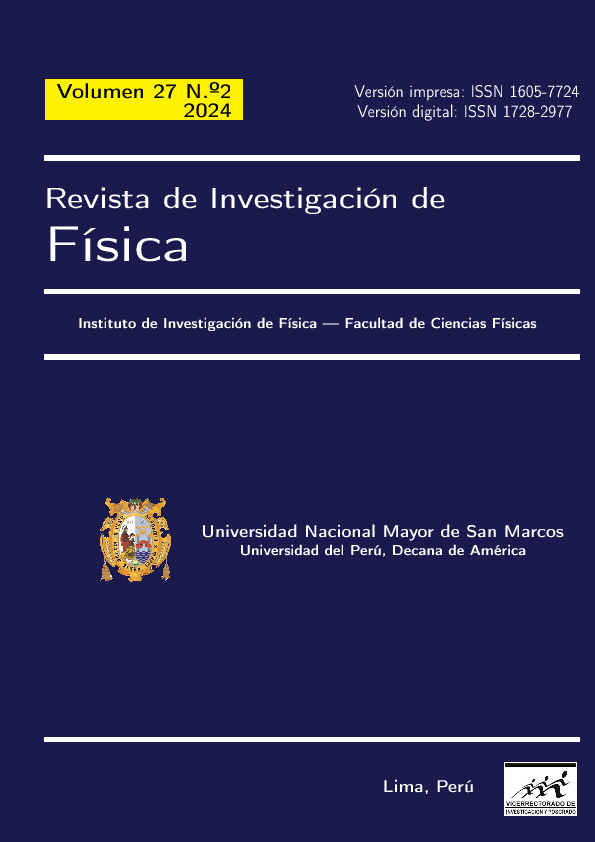Detection of possible desertified areas using series and trend map of NDVI estimated by AVHRR sensor from NOAA satellites (1982-2019)
Keywords:
AVHRR, NDVI, VCI, trend, desertificationAbstract
The present work we report the detection of possible desertification zones through the series and trend map of NDVI and VCI from the AVHRR sensor of the NOAA satellite series for the period from 1982 to 2019. The data used were acquired from the CLASS/NOAA portal, level 1b, have a spatial resolution of 1 km and temporal resolution of 12 hours. Processing algorithms were developed to estimate monthly NDVI and VCI. Seven possible desertification zones were identified by elaborating series and decadal trend maps of the VCI, in which five zones were located in the coastal region, specifically in the limits of agricultural zones, where the zones with the highest negative decadal trend were Piura (-0.29 dec-1), Chiclayo (-0.36 dec-1) and Chicama (-0.27 dec-1) during the period from 1997 to 2006 while, in the jungle region, the highest negative trend was recorded in Huepetuhe, district of Madre de Dios with a value of -0.25 dec-1 in the period from 2007 to 2018. It is proposed that, among the possible desertified areas, the areas in the coastal region (Piura, Chiclayo, Chicama, Pisco and Majes) were generated by intensive agriculture while, the possible desertification of the areas of Pucallpa and Huepetuhe were generated by urban expansion.
Downloads
Published
Issue
Section
License
Copyright (c) 2024 Han Xu, Joel Rojas

This work is licensed under a Creative Commons Attribution 4.0 International License.
THE AUTHORS RETAIN THEIR RIGHTS:
a. The authors retain their trademark and patent rights, as well as any process or procedure described in the article.
b. The authors retain the right to share, copy, distribute, perform and publicly communicate the article published in the Revista de Investigación de Física (for example, place it in an institutional repository or publish it in a book), with an acknowledgment of its initial publication in the Revista de Investigación de Física.
c. The authors retain the right to make a subsequent publication of their work, to use the article or any part of it (for example: a compilation of their works, notes for conferences, thesis, or for a book), provided that they indicate the source. of publication (authors of the work, journal, volume, number and date).














